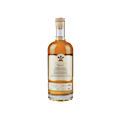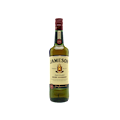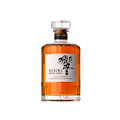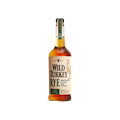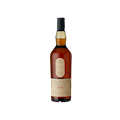Whisky or whiskey is a spirit made from fermented grains, typically corn, rye, wheat, and barley, and is always aged, predominantly in oak barrels. The story of its discovery provokes heated debates, since both Irish and Scots claim whisky as their invention.
Because of the lack of written evidence, it is difficult to state where it first originated, but it is believed that Christian monks introduced distillation to the British Isles and were soon followed by apothecaries. These original varieties did not have much in common with the present-day versions, until the introduction of the crucial element—aging a distillate in oak casks, which resulted in an aromatic and mellow drink with a wide variety of aromas.
VARIATIONS OF Whisky
Scotch is the renowned whisky variety hailing from Scotland. Although it can be made with the addition of other grains or cereals, the original Scottish whisky has to be made with a base of water and malted barley—barley that has been soaked and allowed to germinate.
The grains are fermented only by using yeast, and no artificial additions can be added, apart from the plain caramel coloring. All Scotch whisky must be aged for a minimum of three years in oak casks, and the age is dictated by the youngest whisky in the blend.
VARIATIONS OF Scotch Whisky
Lowland is a region for Scottish whisky that is located in the south of Scotland. This small region, in terms of the number of distilleries, is mostly associated with triple distillation, though not all distilleries employ it. Traditionally, whisky that is produced in the area will be lighter, softer, smoother, and more elegant, with a floral and fruity character and typical honeysuckle, grass, toffee, ginger, toast, and cinnamon aromas.
Because of their light style and the lack of peaty flavors, these whiskies are often called the Lowland Ladies. They make a perfect aperitif and are excellent entry-level whisky. Best distilleries in the region include Glenkinchie, Auchentoshan, and Bladnoch.
TasteAtlas food rankings are based on the ratings of the TasteAtlas audience, with a series of mechanisms that recognize real users and that ignore bot, nationalist or local patriotic ratings, and give additional value to the ratings of users that the system recognizes as knowledgeable. TasteAtlas Rankings should not be seen as the final global conclusion about food. Their purpose is to promote excellent local foods, instill pride in traditional dishes, and arouse curiosity about dishes you haven’t tried.



